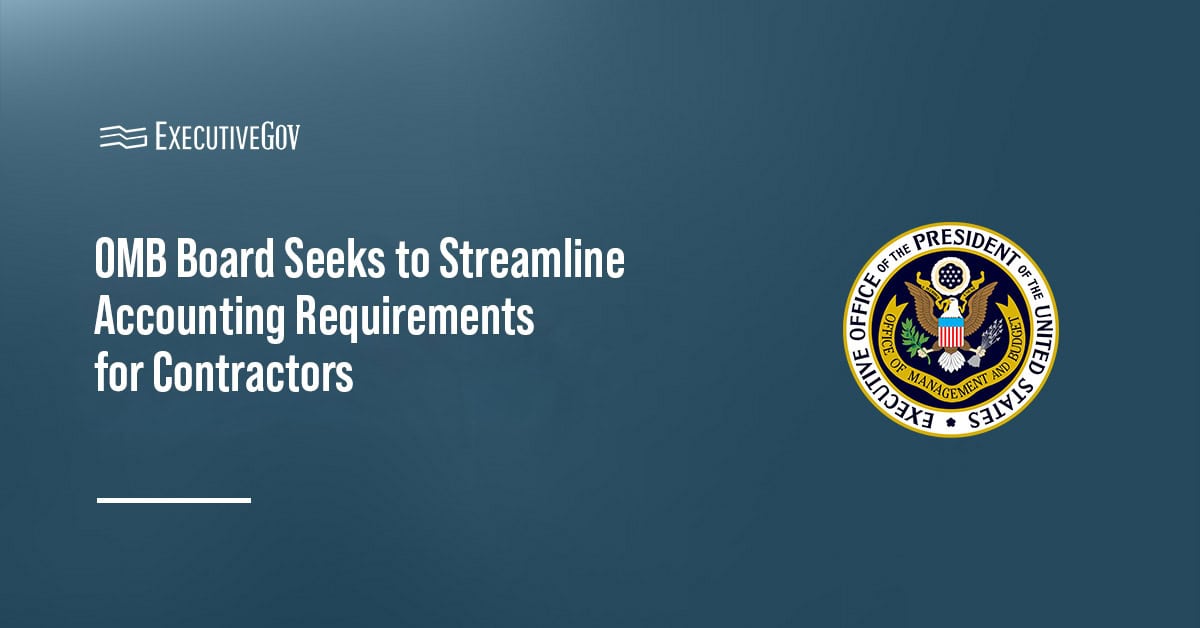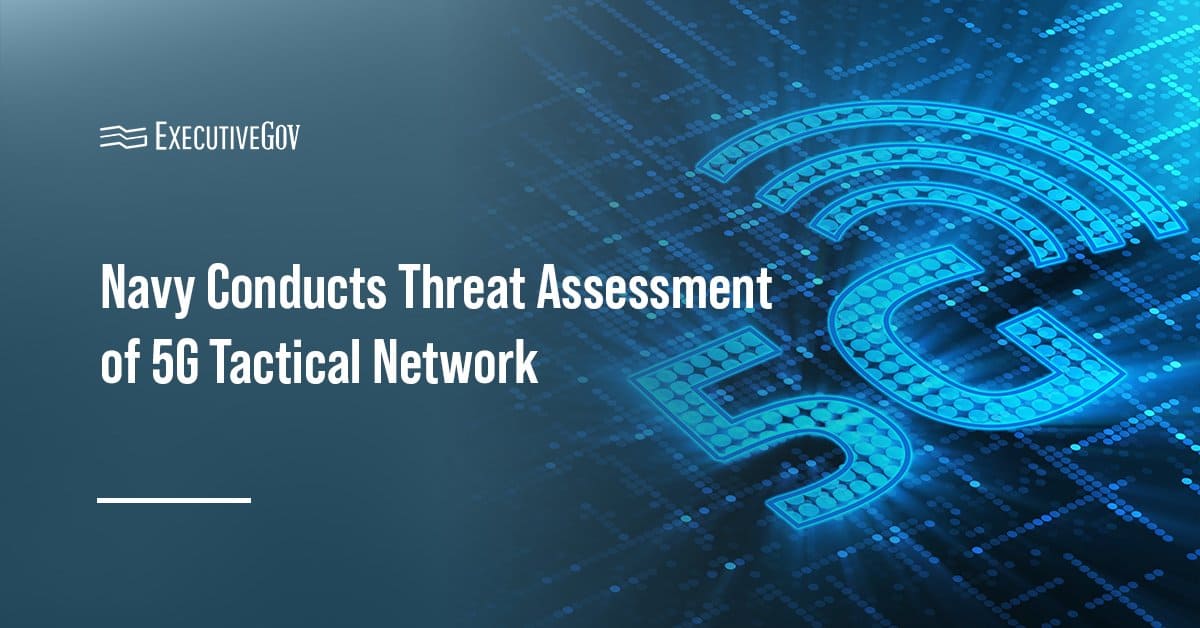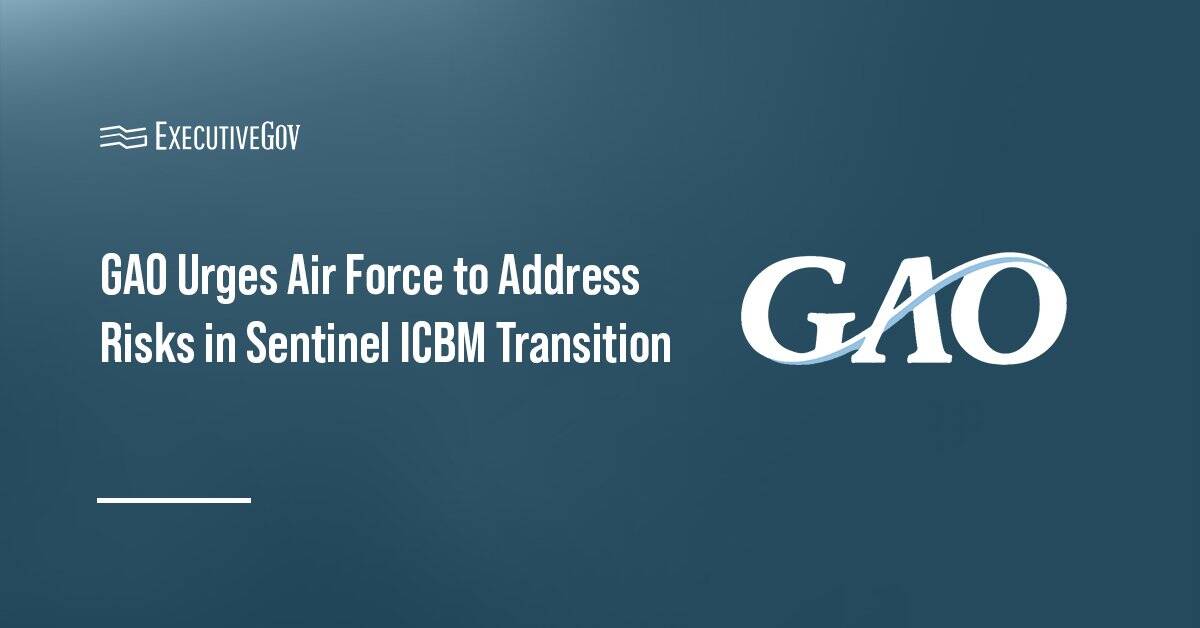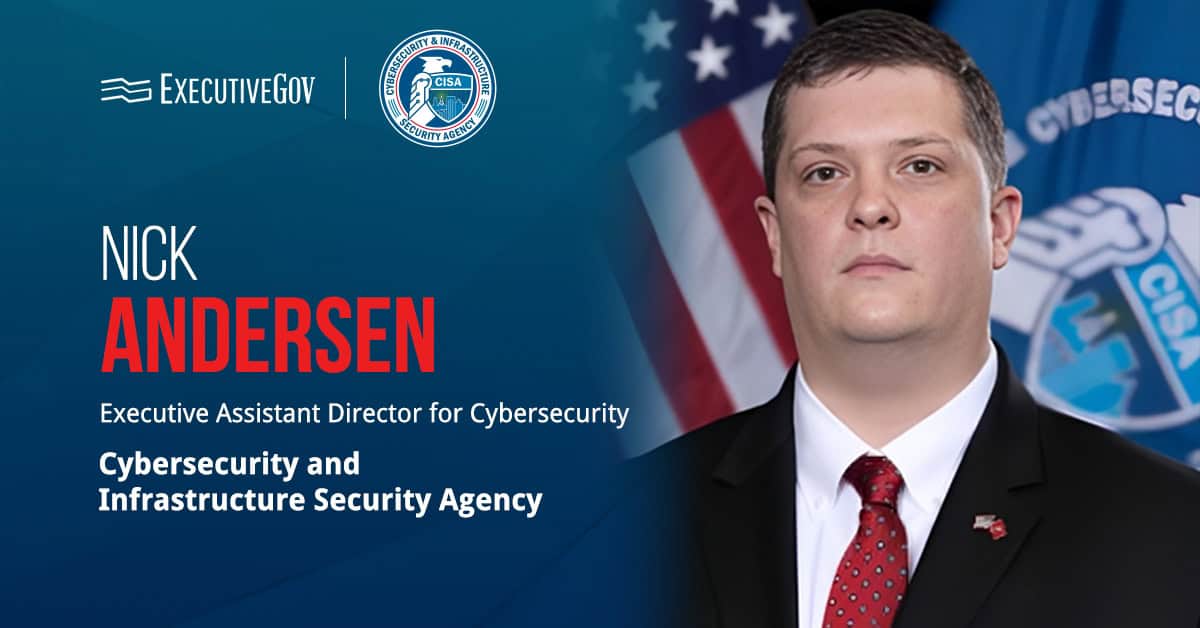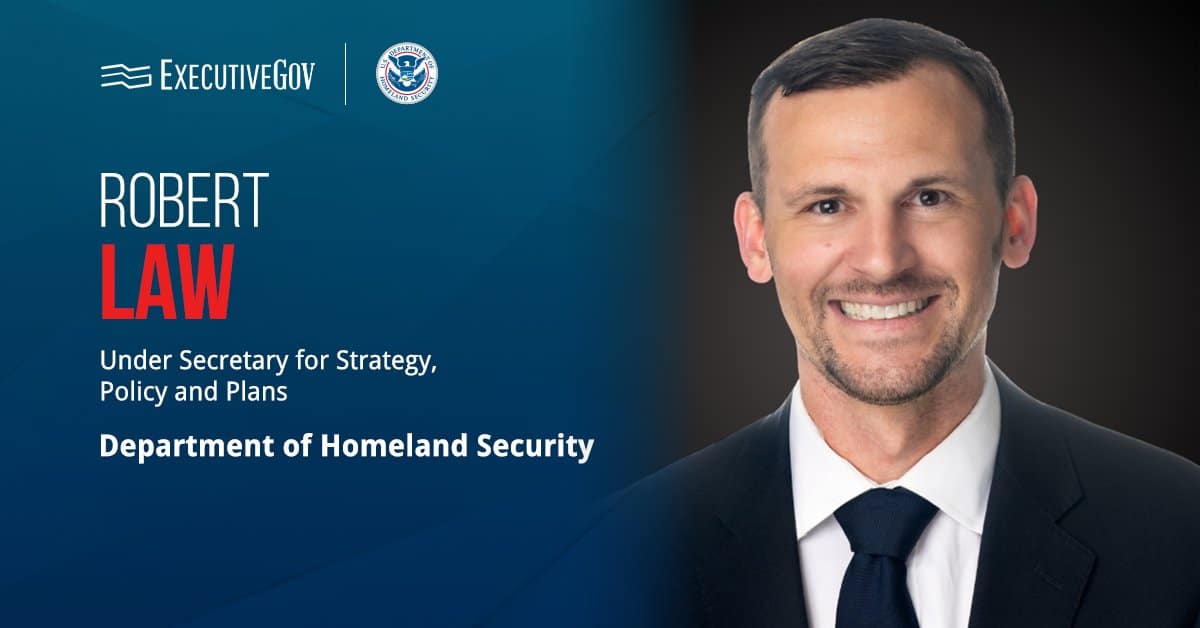Data silos, misinformation and adversarial AI are among the greatest threats to federal agencies’ ability to achieve information superiority, said Rob Linger, vice president of Leidos’ information advantage practice, in a new video interview with Executive Mosaic.
Linger, who has served in the Marine Corps and held leadership roles across technology and public service, said these barriers can only be overcome through strong data stewardship and a clear mission focus.
“We have to work through data silos. Every agency has been collecting data for a very long time, but there are organizational challenges to sharing it,” Linger said. “The only way to overcome all of these challenges is to truly be stewards of our data, understand what our data is and what it’s supposed to be, and turn it into knowledge to achieve outcomes,” Linger told Executive Mosaic Senior Content Specialist Charles Lyons-Burt.
Table of Contents
Risks of Large Language Models and Adversarial AI
While AI is often central to information advantage strategies, Linger cautioned against relying exclusively on the technology. Large language models in particular pose risks if not carefully managed. “They’re very good at confidently lying to you,” he said, stressing the importance of human oversight and vetting.
Data Stewardship and Automation for Faster Federal Decisions
For Linger, accelerating decision cycles requires a disciplined, data-first approach. “If we can make the decision better by adding additional information, then let’s bring that in,” he said. “We work that way to build data products that accelerate the ability to make informed decisions.”
Dive into the full conversation here and triple check that you’re subscribed to Executive Mosaic’s YouTube channel, a hub for vital federal contracting content.



